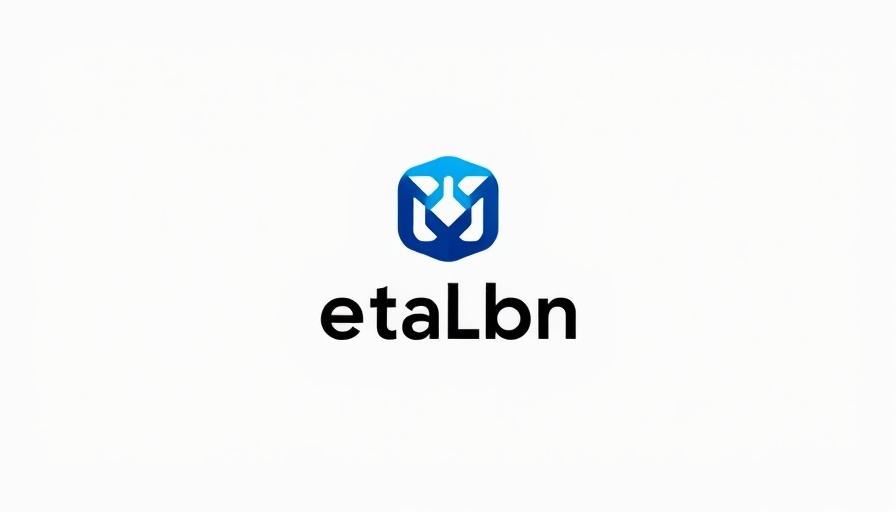
Why Open-Mindedness is Crucial for Growth
Understanding others often boils down to one key factor: open-mindedness. In a continuously evolving business landscape, being open to new ideas, perspectives, and methodologies is vital. Closed-mindedness, often unintentional, can lead us to make judgments that may seem harsh or unfair and inhibit our growth. It’s easy to slip into using phrases that reinforce a narrow viewpoint, often without realizing how judgmental they might sound. Addressing these underlying issues can pave the way for personal and professional development.
Common Phrases That Stifle Innovation
In our daily communications, certain phrases can unintentionally convey a resistance to new ideas. Here are six such phrases frequently used by closed-minded individuals, which sound harmless but can be incredibly limiting:
1. 'It’s always been done this way'
This phrase often signifies a reluctance to embrace change, leading to an inability to innovate. It dismissively rejects new strategies that could yield better results. In the ever-changing business environment, clinging to outdated methods can hinder your company’s ability to adapt and grow. Recognizing this limitation is the first step toward fostering a more flexible corporate culture that welcomes and evaluates new approaches.
2. 'That will never work'
Responses like 'That will never work' immediately cut off discussion and exploration of new ideas. They create an atmosphere where team members feel unheard and discredited. As business owners, it's crucial to encourage a dialogue that allows for the fair evaluation of all ideas. Acknowledging that an idea may not succeed doesn’t mean it should be dismissed outright. Instead, maintain a growth mindset that values creativity and promotes teamwork by inviting diverse opinions.
3. 'I don’t need to hear any more'
This phrase reflects an unwillingness to engage in discussions or absorb new information, showcasing closed-off attitudes that can lead to missed opportunities. For business owners striving for success, being open to feedback and alternative viewpoints is imperative. When we choose to listen, we foster an environment where innovation thrives.
The Importance of Language in Business
Every word you use has immense power, especially in the context of leadership and teamwork. The phrases we employ not only reflect our attitudes but also shape our company's culture. Closed-minded language can alienate employees and stifle collaboration. Conversely, adopting open-minded speech fosters an inclusive environment where everyone feels valued and heard.
Open-Mindedness: A Tool for Enhanced Communication
From subtle shifts in our language to consciously challenging our thought processes—open-mindedness is about more than just avoiding closed-off phrases. It involves actively seeking to understand other perspectives and valuing them. This approach can lead to better decision-making, improved relationships with clients, and a more robust team dynamic.
4. The Dual Benefit of Openness
Embracing an open-minded approach offers dual benefits: fostering creativity within teams while also nurturing professional relationships. By validating varied viewpoints, business leaders can drive their teams toward innovative solutions that might otherwise have been overlooked.
5. Counterarguments and Perspectives
It’s easy to settle into one’s beliefs and hesitate to consider opposing views. This is where leaders must tread carefully. By inviting counterarguments, you allow for a robust debate that can elevate your strategies beyond conventional limits. Confronting opposing viewpoints fosters a culture of respect and encourages critical thinking.
6. Tools for Fostering Open-Mindedness
As a business owner, implement tools that encourage open dialogue. Techniques such as brainstorming sessions, anonymous feedback tools, and routine check-ins can help cultivate a culture of open-mindedness within your team. Additionally, offering training on effective communication can help employees eliminate judgmental phrases from their vernacular.
Conclusion: Embrace Change, Foster Innovation
Recognizing and refraining from using closed-minded phrases is a significant step toward personal growth and maintaining a brand that reflects adaptability and openness. With a commitment to using empowering language, business owners not only improve internal communications but also enhance their overall client relations. If you're eager to cultivate a progressive work environment, start today by assessing your language and encouraging team discussions that lead to breakthroughs.
Take action now—reflect on your communication style and embrace the principles of open-mindedness to unlock the full potential of your business.
 Add Row
Add Row  Add
Add 




Write A Comment